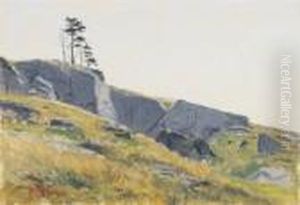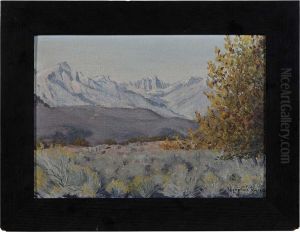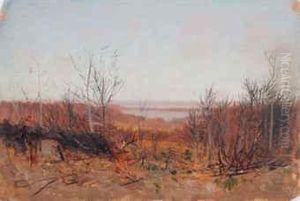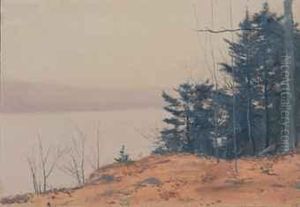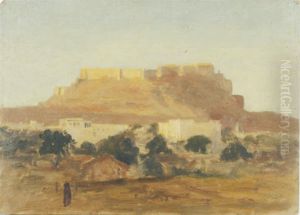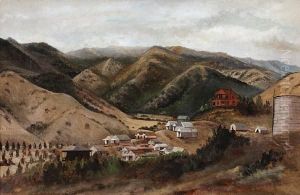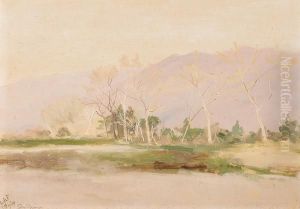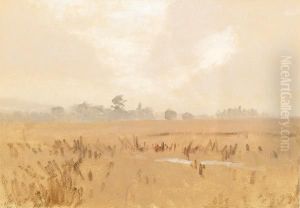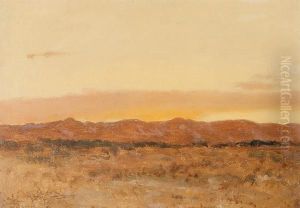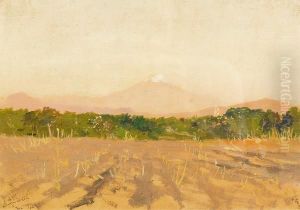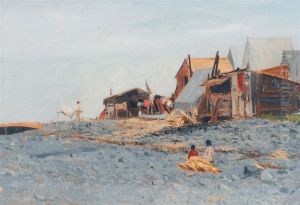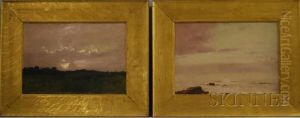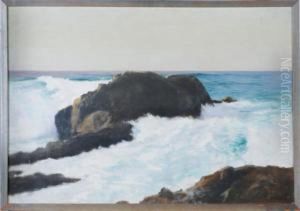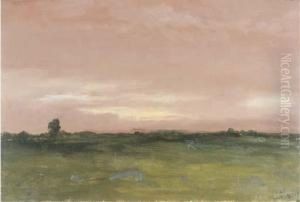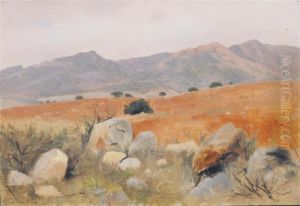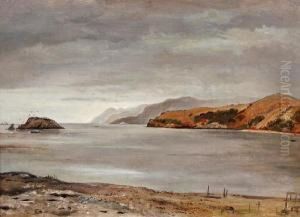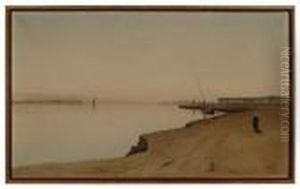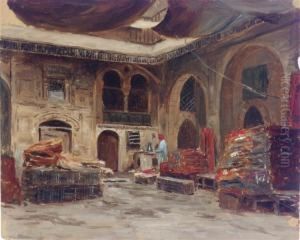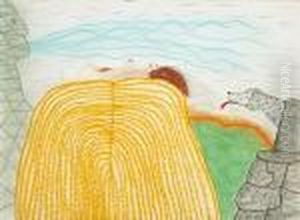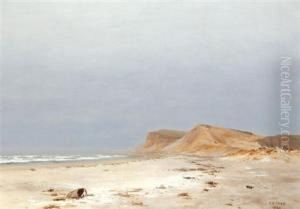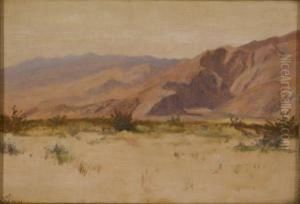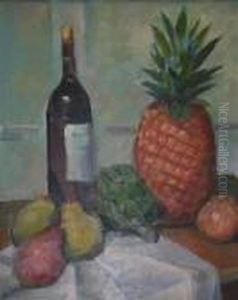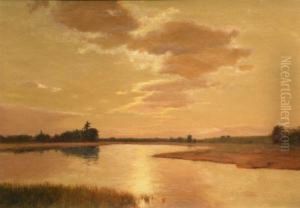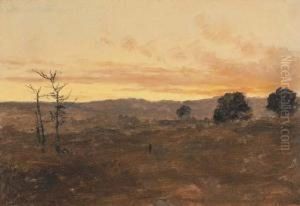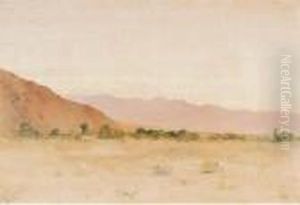Lockwood Deforest Paintings
Lockwood de Forest was an American painter, interior designer, and furniture designer. Born on June 23, 1850, in New York City, de Forest came from a prominent family and was a notable figure in the American Aesthetic Movement, which emphasized the visual and sensual qualities of art and design.
De Forest's interest in art was nurtured early on, and he studied painting under the tutelage of landscape painter Frederic Church, a leading figure in the Hudson River School. Inspired by Church, de Forest developed a passion for rich, atmospheric landscapes. His travels to the Middle East and India profoundly influenced his artistic and design sensibilities. During his travels, he became enamored with the intricate craftsmanship and ornamental patterns he encountered, especially in Indian art and architecture.
In 1881, de Forest married Meta Kemble, and together they embarked on a honeymoon trip to India. This trip would cement de Forest's lifelong passion for Indian arts and crafts. He began importing Indian goods, including furniture, textiles, and architectural elements, which he incorporated into his interior design projects. De Forest's design work was characterized by a blend of traditional American styles with exotic, oriental elements, creating unique and opulent interiors that were highly sought after by the elite of the time.
He collaborated with Louis Comfort Tiffany, another major figure in the Aesthetic Movement, and together they formed Tiffany & De Forest. The firm specialized in interior decoration and produced a range of decorative objects. However, de Forest eventually left the partnership to focus on his own business, importing furnishings and promoting Indian craftwork in the United States.
Throughout his life, de Forest continued to paint, and his artistic work often reflected the influence of his design interests. His paintings frequently featured landscapes imbued with a sense of tranquility and atmospheric light, qualities that mirrored the aesthetic principles he applied to his design work.
Lockwood de Forest's commitment to the Aesthetic Movement and his efforts to introduce Indian artistic traditions to the American public left a lasting impact on the fields of design and decorative arts. He passed away on April 3, 1932, leaving behind a legacy of cross-cultural artistic exchange and a body of work that continues to be appreciated for its beauty and craftsmanship.
